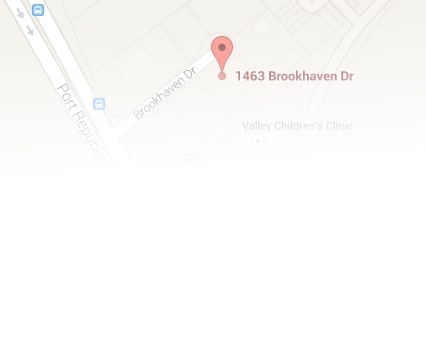When a customer or client files for bankruptcy protection, there are some basic laws, rules and procedures you should follow in order to ensure that you (1) do not violate the bankruptcy laws and (2) maximize your recovery in the bankruptcy proceedings. While there are other types of bankruptcies, the three basic types you need to be aware of are Chapter 7, Chapter 11 and Chapter 13.
– Chapter 7 – In a typical Chapter 7 bankruptcy, a business entity or individual debtor files a petition with the clerk of the bankruptcy court and an independent trustee is appointed to liquidate the debtor’s assets and pay administrative expenses and creditors according to the priority established under the bankruptcy code.
– Chapter 11 – In a typical Chapter 11 bankruptcy, the business entity or individual debtor files a petition with the clerk of the bankruptcy court and retains control of its business or assets, while at the same time attempting to reorganize its business and/or restructure its debt. The debtor must then adopt a plan of reorganization, subject to creditor and bankruptcy court approval under a complicated set of rules and procedures.
– Chapter 13 – In a typical Chapter 13 bankruptcy, an individual debtor (entities such as partnerships and corporations are not permitted to file Chapter 13 petitions) who is working and has income files a petition with the clerk of the bankruptcy court. The debtor must then adopt a plan to pay off some portion of its debt, which is subject to confirmation by the court.
Following are some steps you should follow when you receive a notice from the clerk of the bankruptcy court that one of your customers or clients has filed a bankruptcy petition:
– Review the notice for hearing dates, filing deadlines and any other relevant information. Do not simply throw it in the trash can.
– Immediately cease all collection actions against and communications with the debtor with respect to the debt owed until the automatic stay provided by the bankruptcy code has been lifted.
– Unless instructed not to do so in the notice you received from the bankruptcy court, file a proof of claim along with all necessary supporting documents, with the clerk of the bankruptcy court to preserve your claim. Then confirm with the clerk’s office that the clerk has, in fact, received your proof of claim by the deadline mentioned in the clerk’s notice to you.
For a legal consultation with a personal injury lawyer, call (434) 817-3100
– Take steps to ascertain the extent to which any collateral securing the debt owed to you will or should be (1) retained and sold by the trustee in a Chapter 7 bankruptcy, (2) necessary for any reorganization of the debtor in a Chapter 11 or Chapter 13 bankruptcy and therefore will be retained by the debtor, or (3) abandoned to you and the automatic stay lifted to permit you to exercise your rights to repossess and/or sell the collateral.
– Consider entering into a reaffirmation agreement with a Chapter 7 debtor who wishes to keep any of your collateral. Under this agreement, the debtor would agree in writing to be bound by the debt which would otherwise have been discharged as a result of the bankruptcy filing.
– Consider filing a motion requesting adequate protection payments from a Chapter 11 debtor to help prevent the value of the security interest in your collateral from being impaired.
– Review or have an attorney review all notices, motions and other pleadings in the case that might impact upon your claim.
– Determine whether you have any basis to object to the discharge of the debtor from all of its debts or the debt owed to you based on fraud or some other provision of the bankruptcy code.
If would like more information regarding bankruptcy laws and how they impact your business when a client or customer files a bankruptcy petition, please contact Greg Johnson, attorney and CPA, at (434) 817-3100 or by email at [email protected].
Gregory M. Johnson, the author of this post, is an attorney and certified public accountant in the Charlottesville, Virginia office of MartinWren, P.C., where he chairs the Business, Corporate, & Tax Law practice area and regularly advises businesses on creditor bankruptcy issues.
Call (434) 817-3100 or complete a Case Evaluation form



